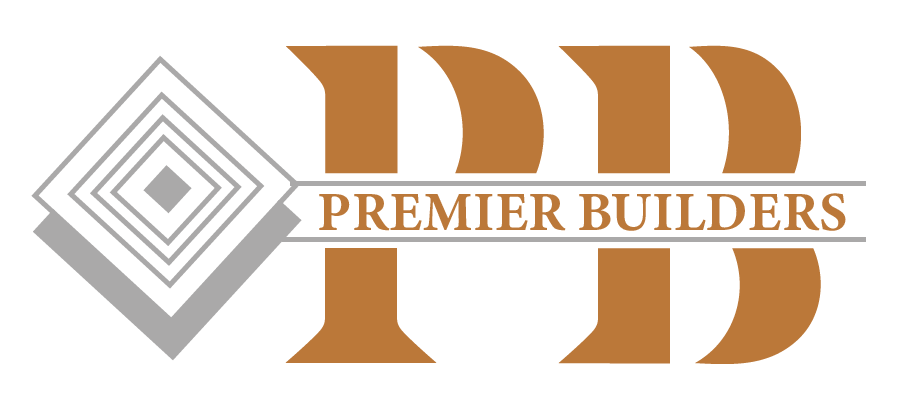Block Foundation or Poured Wall Foundation? What we recommend with your custom home build.
Over the years I have been asked the question hundreds of times which foundation is better Block Foundation also known as (CMU) which stands for Concrete Masonry Unit, or Poured Wall Foundation?
Please keep in mind that there’s other foundations out there, but here we are only comparing the two most used foundation systems in our area. Your area may be different.
I have read a lot of articles on this subject, and I have yet to find an article that covers all the items I am going to cover in this blog. I could write a book on this, but I am going to hit the high points that will hopefully help you out and guide you in the right direction.
My experience Block Walls and Poured Walls are both great if installed correctly. Done incorrectly can result in a nightmare. That said, let’s just focus the foundations that are done correctly.
Here’s some items to consider if you are unsure what foundation is best for your new home.
Soil conditions
Backfill material
Strength
Cost
Timing
Crew availability
One of the most important items when building a home is trying to find the perfect lot or acreage with great soil that drains. This isn’t always going to be the case so sometimes we must work with what we have. If we are dealing with wet heavy clay material that doesn’t drain, then I would choose to go with a poured wall foundation. If the soil is sandy then we may choose block.
Another factor that plays a huge role into both systems is to consider what material is being used to backfill the foundation.
The footing, foundation, and backfilling all must work hand in hand. If poor material is used to backfill then it can result in what is called Hydrostatic pressure. This is pressure that will push against the exterior of the foundation wall and could cause bowing or cracking. We find the best system is to backfill the foundation with pea gravel or sand and then at the last 12” with black dirt that brings it to grade. This allows the water to drain down into the drain tile and it allows the peas or sand to move just like a handful of marbles when you squeeze them in your palm.
When comparing the two foundations for strength it is going to come down to a few key factors for both foundations.
Both foundations must have good soils under the footings.
Both foundations need to be engineered with the proper size of footings.
Both footings and foundation need to be engineered to have the proper amount of steel rebar.
Both foundations must be backfilled with correct material.
Both Block Wall and Poured Wall systems are incredibly strong if done correctly.
The second question that normally comes up would be cost. In my area both foundations are typically comparable in price. When it is time to excavate for your new home, it is going to all come down to timing. This is where a good General Contractor comes into play. If the timing is off, then mistakes can happen and as a result either method may cost more than you were expecting. Digging too soon without a foundation crew on the excavators heals can result in a costly disaster. It’s important that everyone who is involved in the process is all on the same page.
Expert Opinion:
Over the past 24 years, I have had experience with both Poured Foundation Walls and Block Foundation Walls (Concrete Masonry Unit). I have had good luck with both foundation systems, but if I had to choose between a Block Wall or Poured Wall, I would choose Poured Wall.
